
-
 General Purpose Gloves - CoatedMaxiFlex® Ultimate™GP34874
General Purpose Gloves - CoatedMaxiFlex® Ultimate™GP34874
-
 Cut Resistant GlovesMaxiFlex® Cut™GP348743
Cut Resistant GlovesMaxiFlex® Cut™GP348743
-
 Safety HelmetsTraverse™HP1491RVM
Safety HelmetsTraverse™HP1491RVM
-
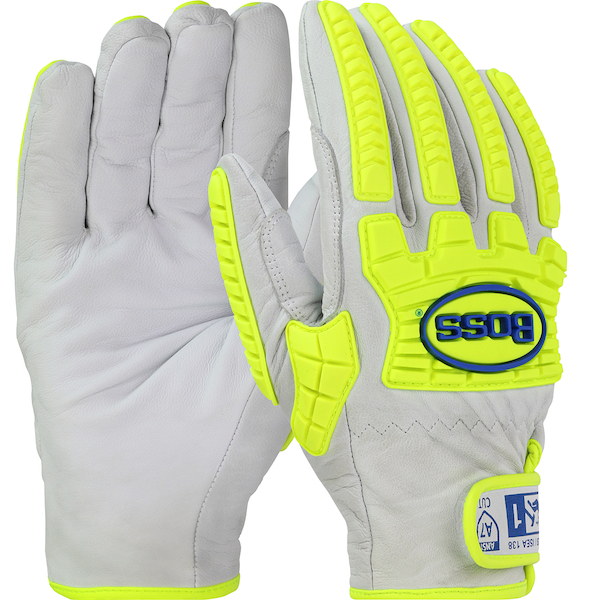 Hi Performance GloveBoss®GP9916
Hi Performance GloveBoss®GP9916
-
 Cut Resistant GlovesMaxiCut® Ultra™GP443745
Cut Resistant GlovesMaxiCut® Ultra™GP443745
-
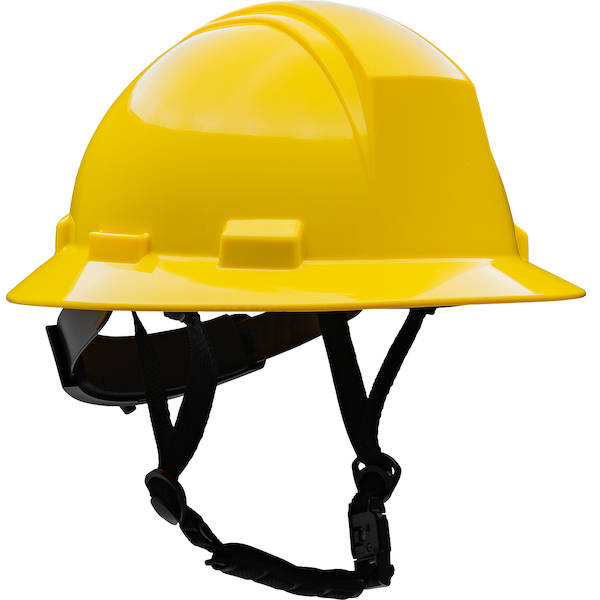 Safety HelmetsKilimanjaro™HP642R-MCH
Safety HelmetsKilimanjaro™HP642R-MCH
-
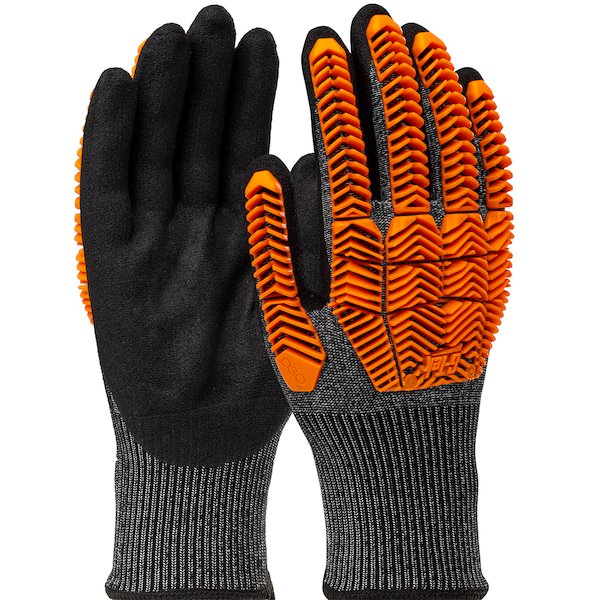 Hi Performance GloveG-Tek® PolyKor®GP16MPT630
Hi Performance GloveG-Tek® PolyKor®GP16MPT630
-
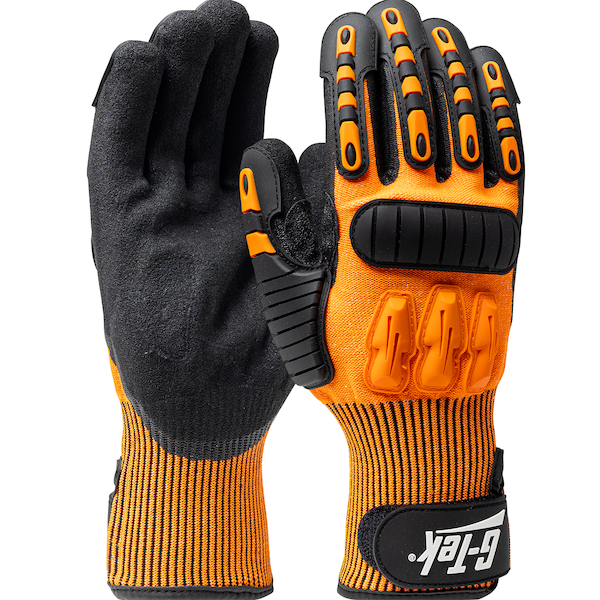 Hi Performance GloveG-Tek®GP1205150
Hi Performance GloveG-Tek®GP1205150
-
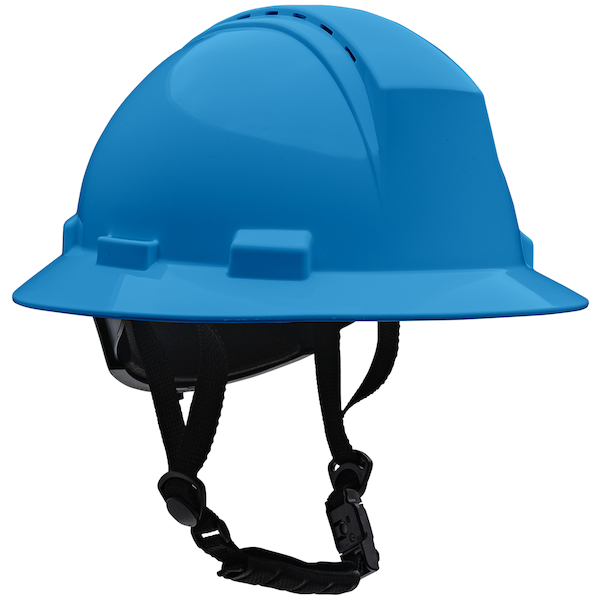 Safety HelmetsKilimanjaro™HP642RV-MCH
Safety HelmetsKilimanjaro™HP642RV-MCH
-
 Extended Use Disposable GlovesGrippaz™ SkinsGP67246
Extended Use Disposable GlovesGrippaz™ SkinsGP67246
-
 Cut Resistant GlovesG-Tek® PolyKor®GP16560
Cut Resistant GlovesG-Tek® PolyKor®GP16560
-
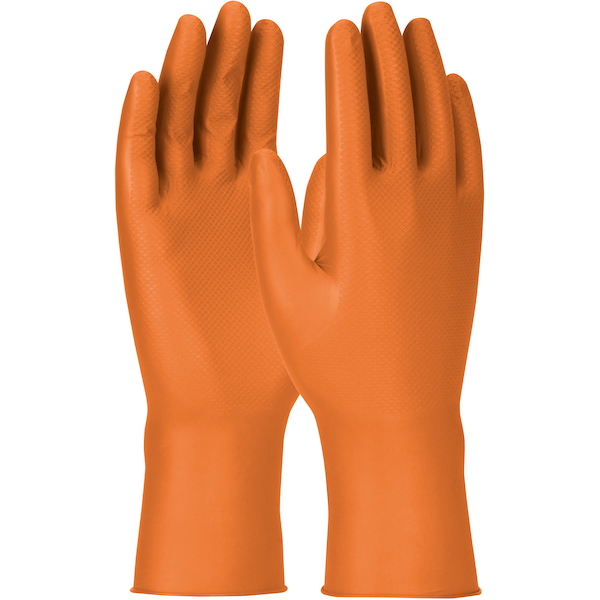 Extended Use Disposable GlovesGrippaz™ EngageGP67307
Extended Use Disposable GlovesGrippaz™ EngageGP67307
























